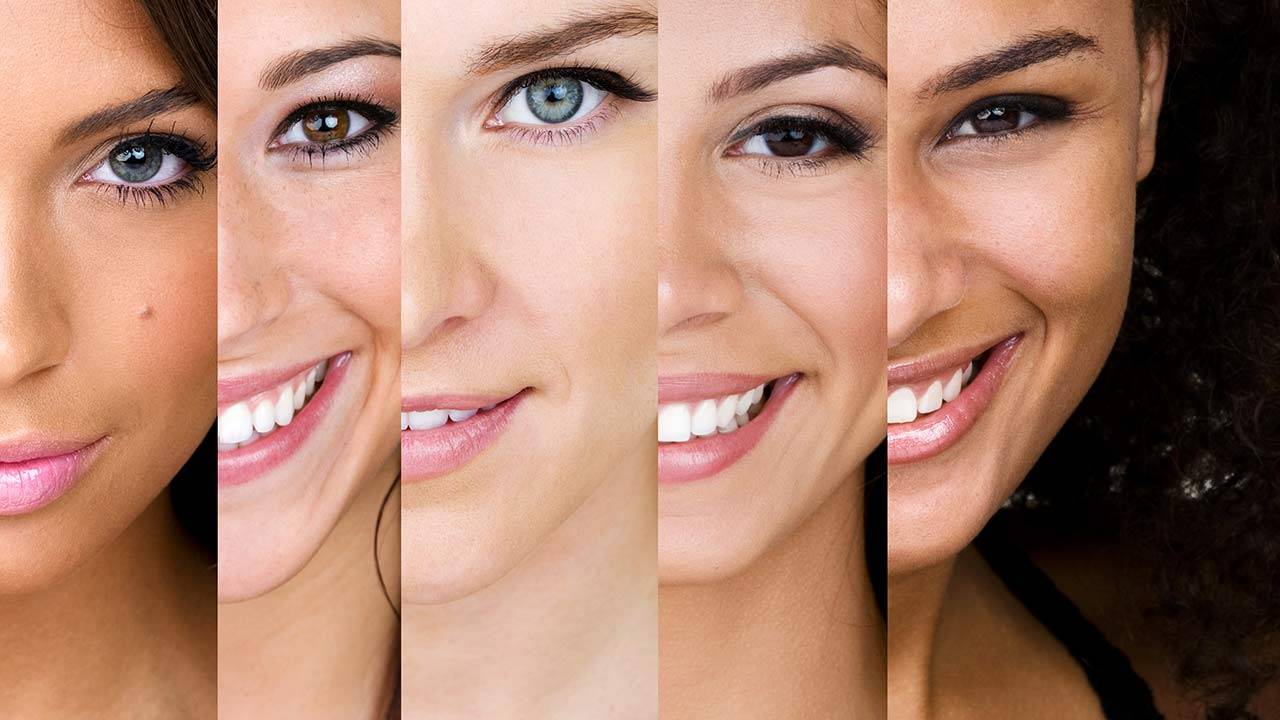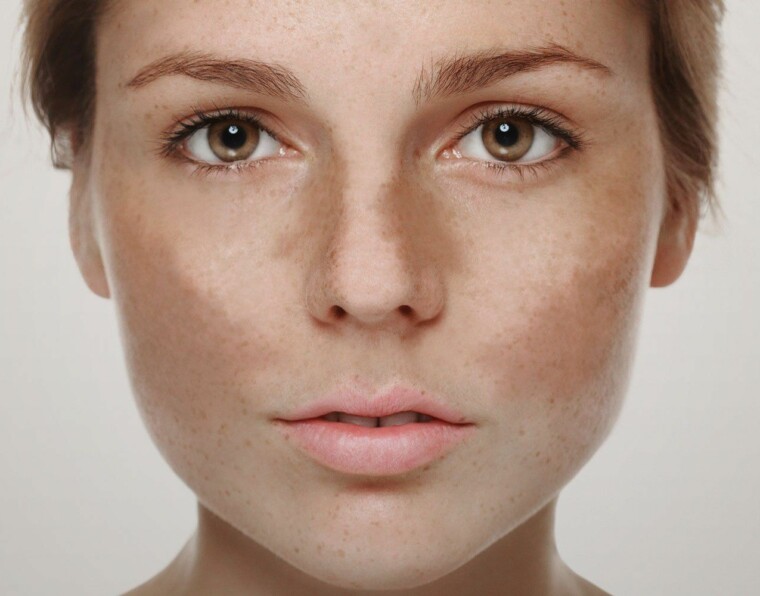To choose the right corrective facial care, you need to be guided by your skin type and needs. An incorrectly chosen beauty routine can worsen the condition of the epidermis, provoke excessive sebum production, cause irritation, dryness and discomfort. To eliminate such negative changes, we will tell you how to determine your facial skin type yourself.
Facial skin type: what can it be?
Dermatologists distinguish the following skin types:
- Oily or problematic
This type is characterized by enlarged pores, uneven texture, and a tendency to become oily. Rashes (acne) may often appear. Skin of this type is usually dense, less sensitive to the influence of external factors and ages more slowly due to self-hydration with sebum. Oily skin can be made worse by dehydration, lack of cleansing of pores or control of the sebaceous glands. - Dry or sensitive
Type subject to the most rapid aging: dehydration of the dermis provokes loss of firmness, elasticity and the appearance of fine wrinkles and irritations. The pores are invisible, rashes rarely appear. The skin is thin, reactive, flaky and requires special care. After washing or cleansing, there is often a feeling of slight tightness and discomfort. - Combined (mixed)
A combination of oily and dry skin on different areas of the face: the T-zone (chin, nose, forehead) is characterized by intense sebum secretion and often suffers from inflammation; in the U-zone (cheeks and cheekbones), the skin, on the contrary, is dry . Your daily routine for combination skin can include a combination of cosmetics for oily and dry skin types. You can also use universal 2-in-1 combination products. - Normal
Characterized by the absence of visible manifestations of deficiencies. Normal skin has a uniform color and texture, a healthy matte texture and does not require special care – you just need to maintain an optimal balance of the epidermis.
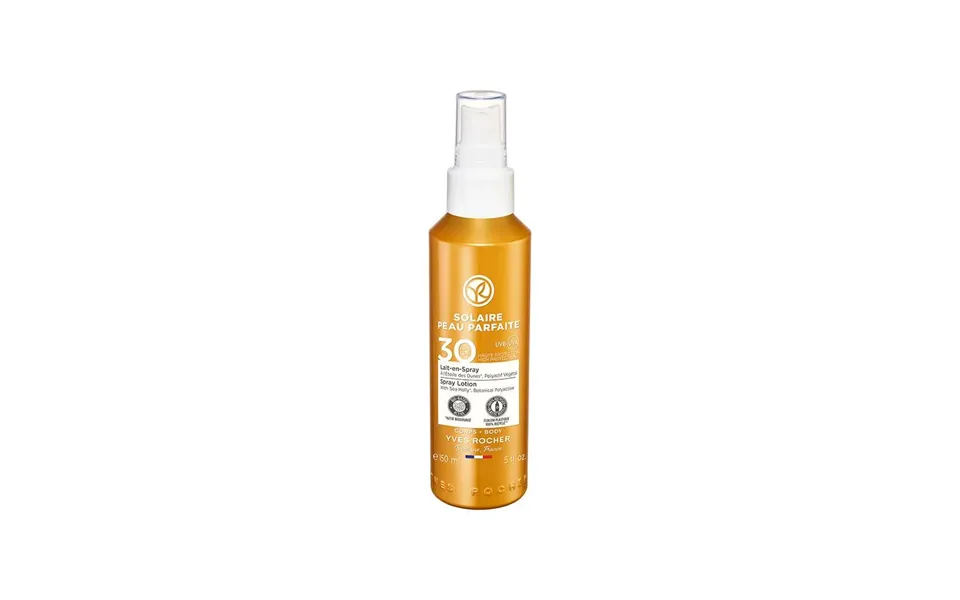
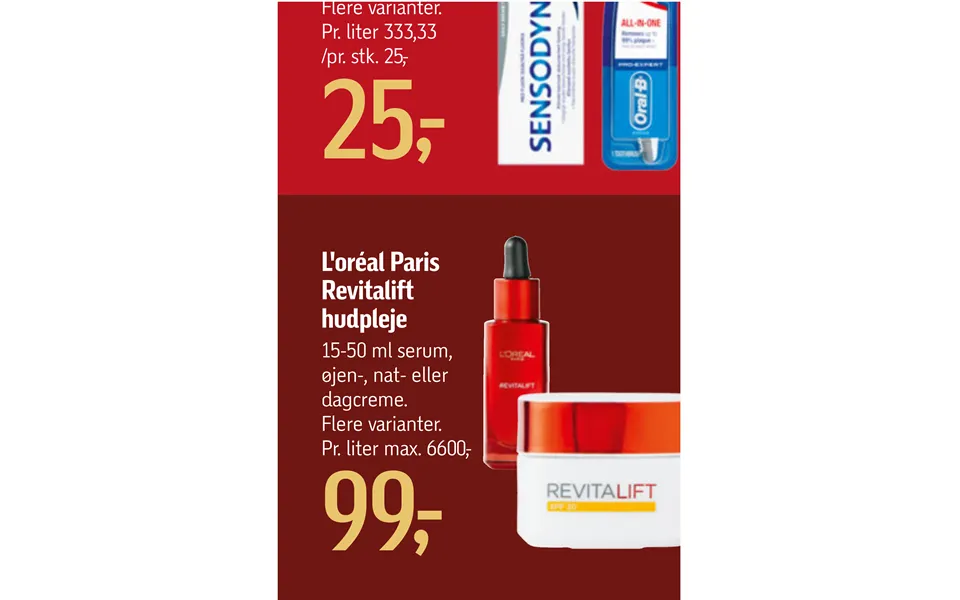
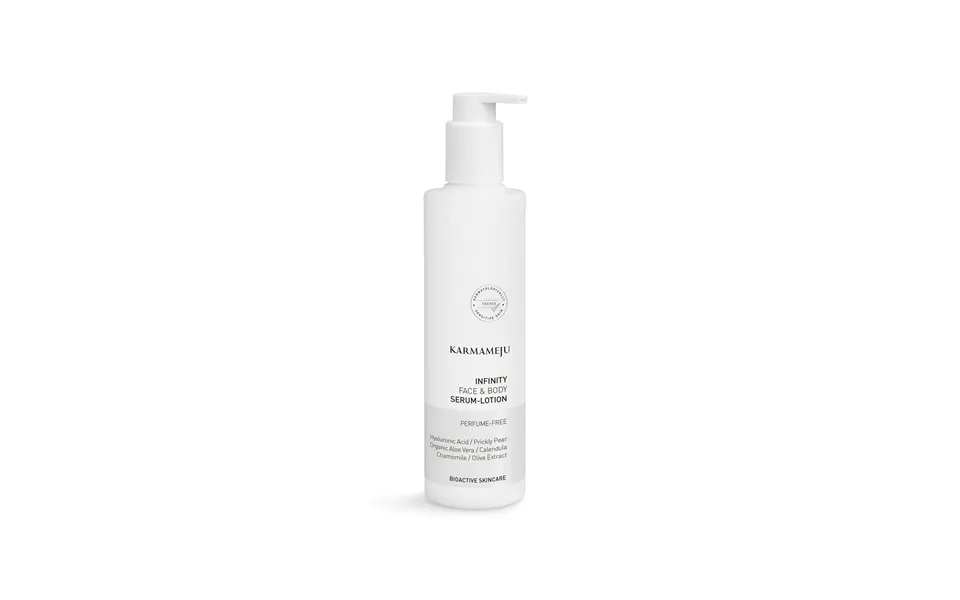
Can Skin Type Change Throughout Life?
Facial skin type is determined genetically, but under the influence of many factors (both internal and external), it can change throughout a person’s life.
For example, the state of the epidermis can be affected by hormonal changes of various types:
- pregnancy,
- menopause period,
- some hormonal diseases,
- puberty.
Also, changes in the condition of facial skin can occur due to a sudden change in climate, changes in diet, due to regular stress, while taking certain medications or incorrectly selected skincare cosmetics. Suitable care can correct existing problems of each type, be it excessive sebum production accompanied by acne, dryness, flaking or increased sensitivity.
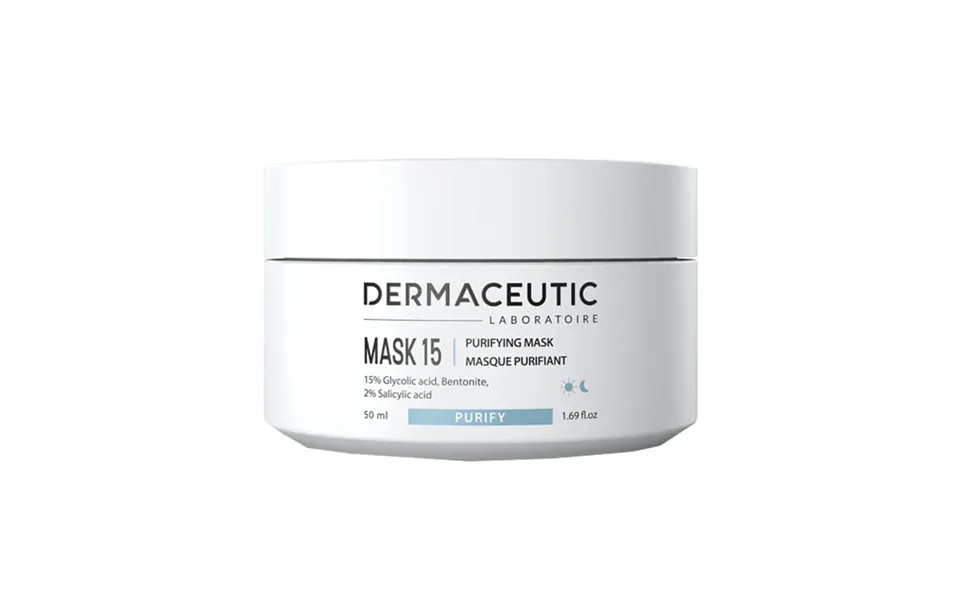
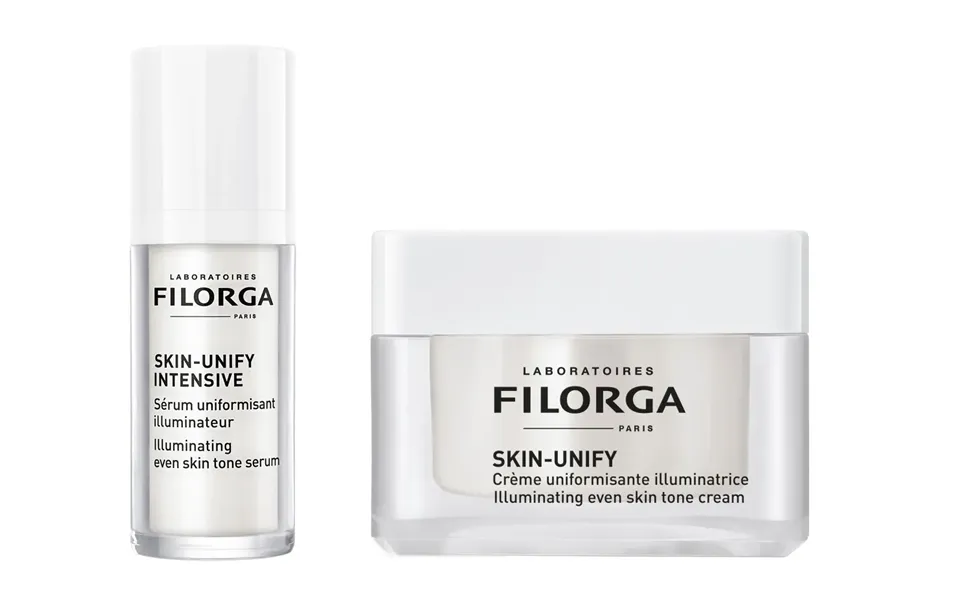
How to determine your facial skin type at home
How to determine your skin type yourself? A dermatologist or cosmetologist will help you do this correctly. You can also check the condition of your epidermis at home using simple tests.
You can visually determine your skin type as follows:
- If there are no visible imperfections on your face, the color is healthy and uniform, the texture is smooth (without roughness), the skin is matte, there is no oily sheen, then you have a normal skin type.
- If your facial skin is thin, pores are almost invisible on it, and rashes rarely appear, then you have a dry type with a predisposition to hypersensitivity. The main characteristics of this type are dryness, a feeling of discomfort and tightness, and peeling. Also, the dry type is most prone to premature aging and the appearance of fine wrinkles and dehydration lines.
- If there is excessive oily shine and rashes on your face (acne, post-acne), then you have an oily skin type. This type is characterized by uneven relief, texture and an earthy complexion. If the listed skin condition is typical for the T-zone (chin, forehead, nose), and the cheeks remain matte and without rashes, then you have a combined type.
How To Visually Determine Your Skin Type Using A Napkin
- To find out your skin type, wash your face with your usual cleanser. After washing, do not use additional nourishing or moisturizing products.
- 30 minutes after washing, when the sebaceous glands begin to actively produce sebum, apply a dry or mattifying napkin to your face for 20 seconds.
- Assess the condition of the napkin:
– If there is a noticeable oily mark in the T-zone, you have combination skin.
– A greasy mark on all parts of the face indicates an oily type.
– Barely noticeable traces of lard on the napkin are normal.
– If there are no traces at all, then you are the owner of the dry type.
Below we present some simple tests that will help you understand what skin type you have.
Online Test To Determine Skin Type
Below is a classic test to determine your skin type.
1. How does your skin feel after washing?
a) There is no discomfort, the skin is fresh and radiant.
b) A feeling of tightness, dryness, and discomfort appears.
c) Already 20 minutes after washing, a slight oily sheen appears on the face.
d) After washing, the face appears excessively shiny in the T-zone, the cheek area remains matte.
2. What sensations does the skin experience if you neglect the stage of moisturizing it?
a) I don’t use moisturizer, my skin feels great without it.
b) Moisturizer is an essential part of my beauty routine, as without it my skin becomes dry and tight.
c) Without moisturizing, the oily shine of the face increases.
d) Without moisturizing, the oily shine of the face increases in the T-zone, the cheek area remains matte.
3. Assess the condition of the pores on the face
a) The pores are invisible, rashes practically do not appear.
b) Pores are almost invisible, rashes rarely appear.
c) The pores are mostly enlarged, there are imperfections on the face: pimples, blackheads, rashes.
d) Pores are enlarged only in the area of the forehead, nose and chin. There are no pores in the U-zone or they are barely noticeable.
4. Does the skin react to the influence of external and internal factors: poor nutrition, bad habits (smoking, excessive alcohol consumption), environmental pollution, climate change, etc. a) Does not
react at all.
b) Dryness, irritation, itching appears.
c) Excessive oily shine appears on the face and acne worsens.
d) Rashes appear on the forehead, nose and chin.
5. 30 minutes after cleansing the skin, without first applying a base care cream, apply a paper or mattifying napkin to your face for 20 seconds. Describe the condition of the napkin.
a) There are no marks left on the napkin.
b) There were no marks left on the napkin, but redness appeared on the skin and its sensitivity increased.
c) Traces of sebum are slightly visible on the napkin.
d) There are significant greasy stains on the napkin.
Test results – if most of the answers are in the block:
- A – you have normal skin type.
Congratulations, you have the most unassuming type – normal. The condition of the epidermis is consistently good, there is no oily shine or rashes, pores are invisible, the skin feels comfortable. For daily care of this type, choose cosmetics labeled “for normal skin.” - B – you have dry sensitive skin type.
Dry skin types are often predisposed to hypersensitivity: allergic reactions, dryness, flaking, itching, discomfort are frequent companions of dry epidermis. To care for this type, choose hypoallergenic cosmetics. - C – you have oily skin type.
Excessive oily shine on the face, which appears within half an hour after cleansing the skin, and frequent rashes are sure signs of the oily type. To care for this type, choose cosmetics marked “non-comedogenic.” - D – you have combination skin type.
The T-zone tends to be oily and visible, while the cheeks and under-eye area tend to be dry and sensitive. To care for this type, choose cosmetics labeled “for combination skin.” More recommendations for caring for combination skin types.
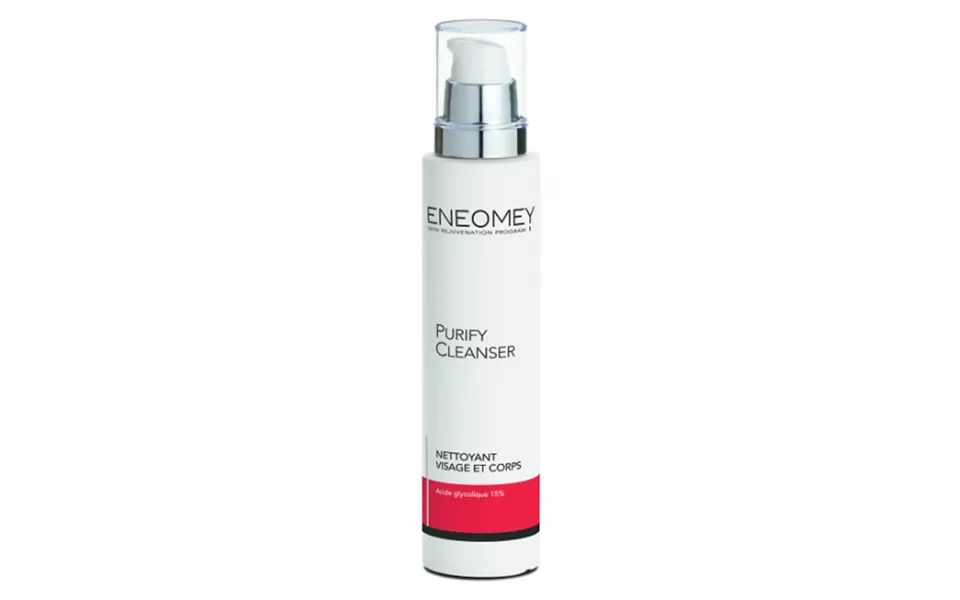

How To Properly Care For Different Skin Types
Choosing the right corrective care is the main reason why you need to know your skin type. Despite the fact that each of them requires an individual approach and the selection of suitable skincare products, there are basic steps of a beauty routine that are relevant for everyone.
- Cleansing is the first and main stage of skin care for any type. Facial cleansing is aimed at delicately removing impurities: cosmetic residues, dust, sebum, sweat. Also regularly carry out deep cleansing (exfoliation) of the face using scrubs, peelings or gommages (according to your skin type) to exfoliate dead skin cells of the epidermis.
- Toning is the final stage of cleansing. The toner restores the normal pH level of the skin and promotes better penetration of the active substances of your cream formula into the deep layers of the dermis.
- Moisturizing is necessary for all skin types, without exception, and on a regular basis. High-quality hydration is responsible for softness, elasticity and protection of the epidermis from dehydration and early aging.
- Nutrition is responsible for protecting the skin and strengthening its hydrolipid mantle, which helps the epidermis resist external negative factors. There are different textures and formulas of nourishing products for different skin types.
- Sun protection is also necessary for any skin type and not only in the hot season. UV rays are one of the main damaging factors, under the harmful influence of which the body triggers a number of reactions designed to protect the skin, and even in the cold season, UV radiation has a negative effect on the epidermis and contributes to its accelerated photoaging.
The oily type can also be dehydrated and even sensitive, this happens against the background of incorrectly selected aggressive care: with the abuse of alcohol tonics, scrubs, products with acids and retinol. Pay due attention to moisturizing the epidermis.
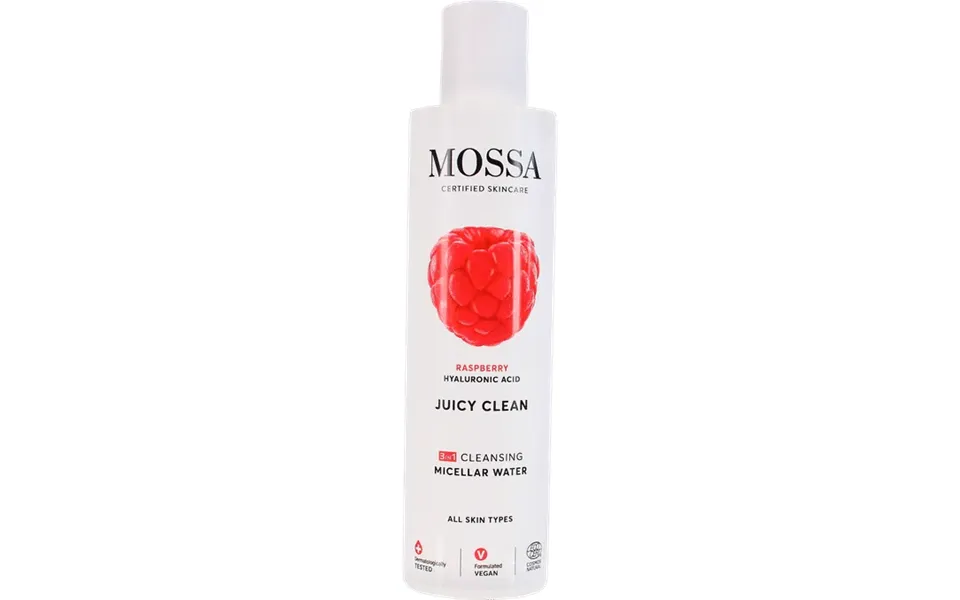
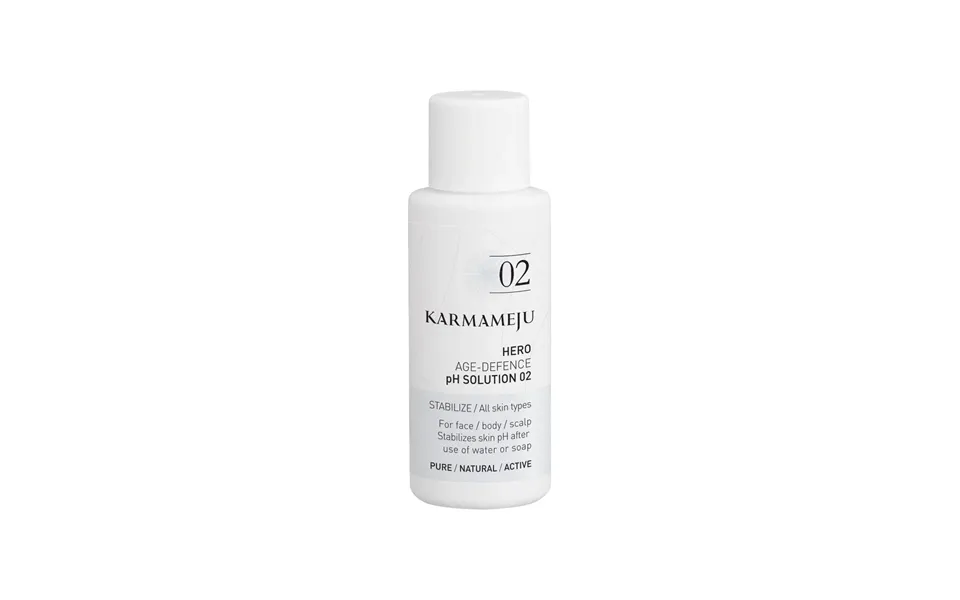
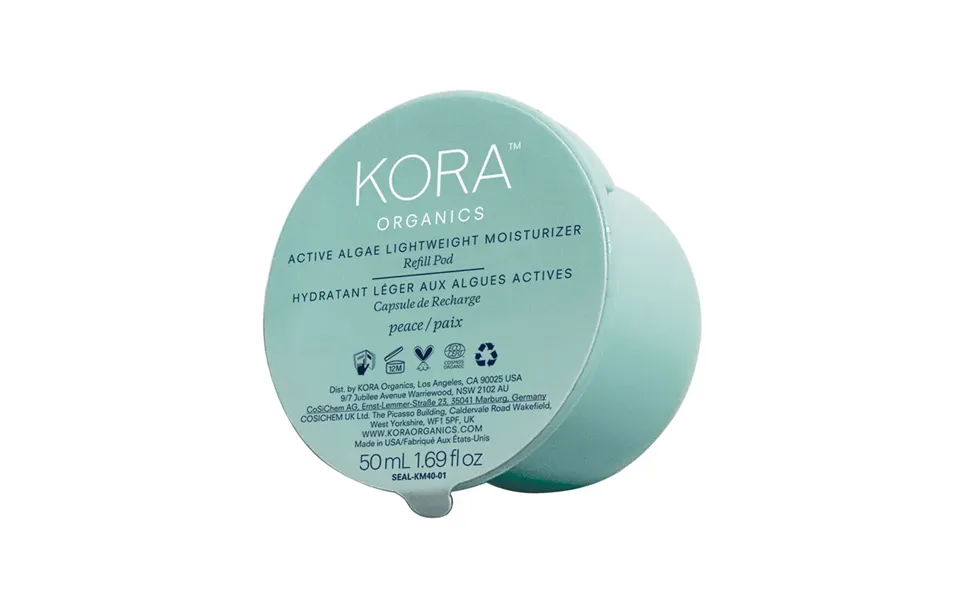
- Oily Skin Type
The main task of oily skin is not to turn into problematic skin. The oily type needs high-quality cleansing twice a day, as well as mattifying, anti-inflammatory and healing products. Choose non-comedogenic products that do not contain alcohol or oils. Exfoliating products should be gentle: scrubs with small particles or peels for problem skin.
- Dry Skin Type
Those with dry skin types are not recommended to choose products with acids and retinol, which cause irritation and flaking. Your motto is delicacy. For such dermis, nourishing and moisturizing (moisture-retaining) hypoallergenic formulas with SPF filters are suitable. The night product should contain lipids that help create a natural protective film of the epidermis. Cleansing should be delicate and soft. Twice a week, exfoliate or use scrubs to exfoliate dead particles of the epidermis and renew cells.
- Combined (Mixed) Facial Skin Type
To moisturize and soften dry areas, use nourishing, moisturizing formulas, and for the T-zone, use light gels or fluids with a mattifying effect.
- Normal Skin And How To Care For It
The normal type needs regular basic care to maintain beauty and health, as well as protection against premature aging.

